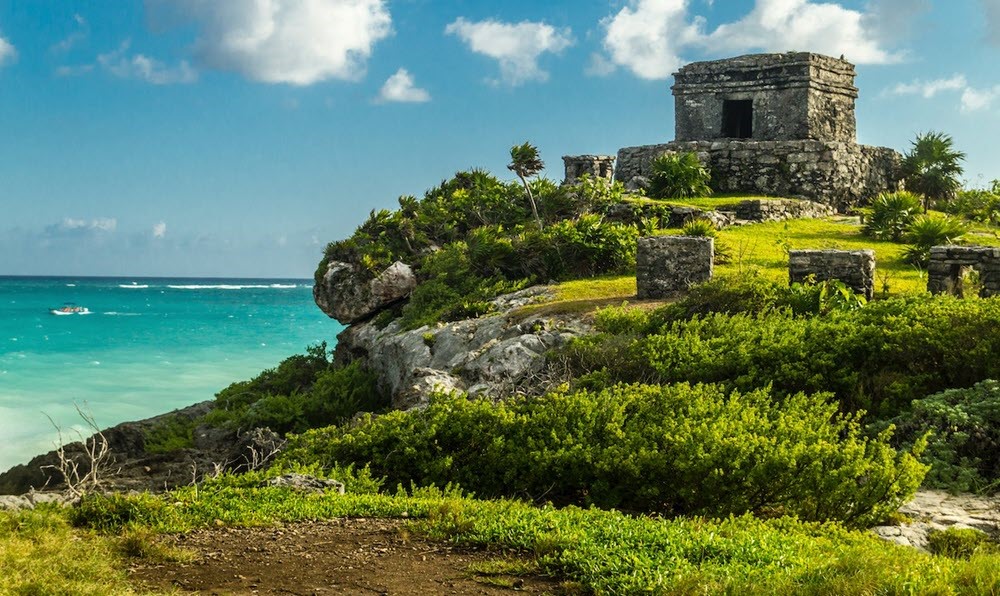
You’ve doubtless heard the phrase that food is medicine. That’s not just a nice thing to say – it’s also completely true. What we eat has dramatic impacts on our health, sometimes even reducing disease risk and helping us to live longer.
These 10 Mayan and Mexican medicinal foods are particularly important. They are all deeply rooted in tradition and linked to many historical practices. Today, Mexicans and Mexican-Americans still incorporate many of these foods into their daily lives.
1. Cacao
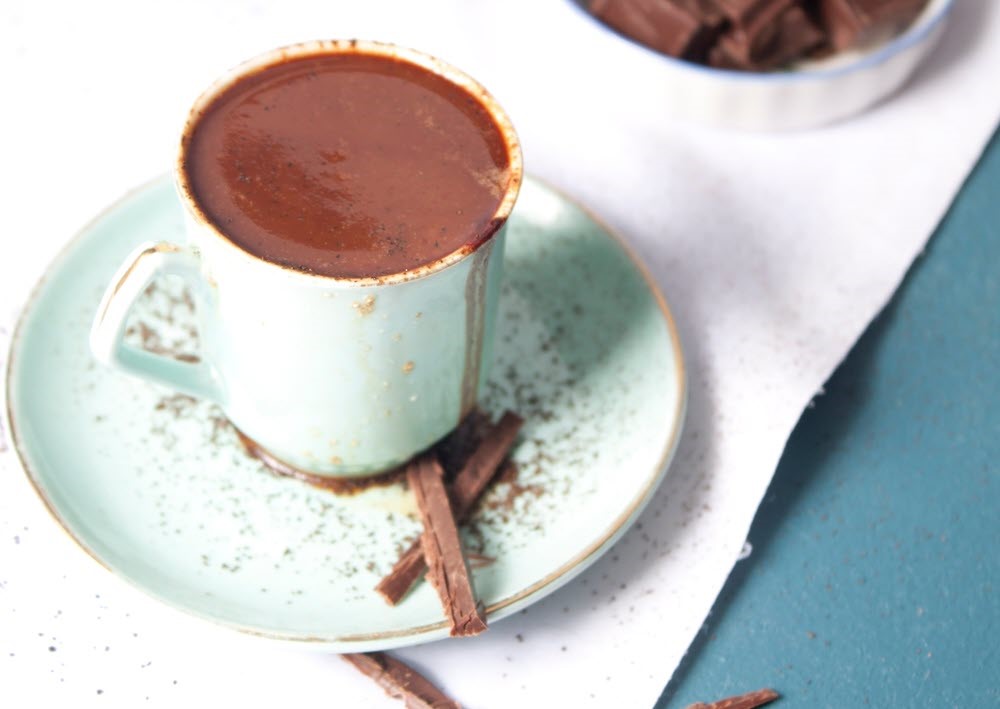
Maya nobles and priests drank hot cacao and used it in rituals worshiping Mayan gods. Raw cacao is rich in magnesium, zinc, iron, and a great source of antioxidants.
These days, we know that cacao flavanols can improve brain function, while offering a host of other benefits as well.
Dark chocolate and cocoa powder are the best sources of these flavonols, but you need to choose the type carefully. Look for products with high cocoa/cacao percentages (ideally 70% or above) and not too much added sugar.
2. Prickly Pear Cactus (nopal, in Spanish)
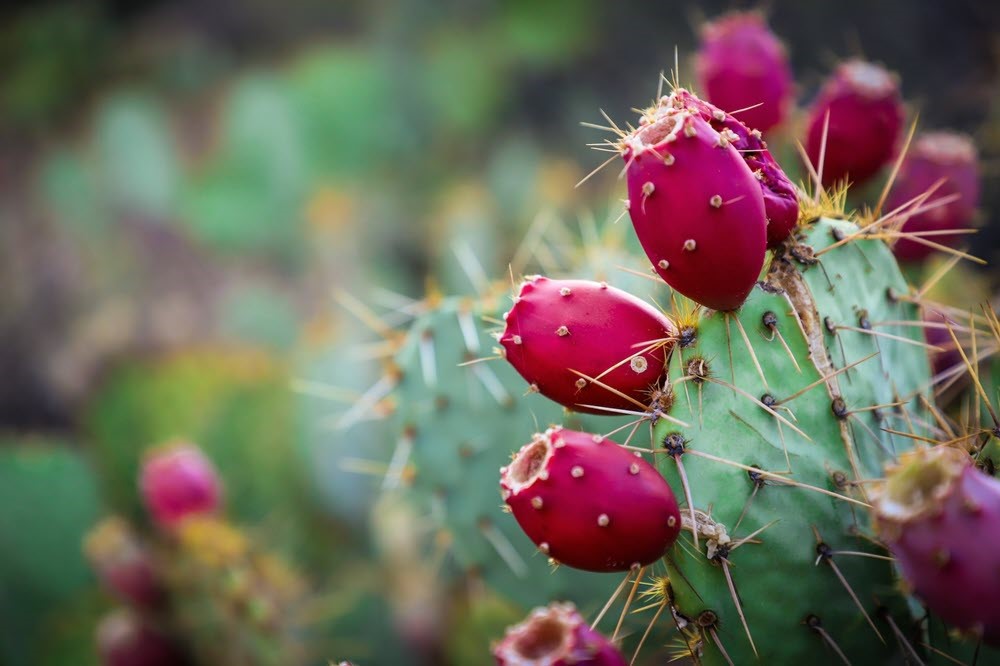
The stems have mucilage and fiber, which can help lower cholesterol and aid digestion. This cactus juice is used by Mexicans today to help regulate blood glucose, lose weight, support liver health, improve skin and hair.
Prickly pear research is in its early stages, but the potential for these benefits remains. Plus, prickly pear stems and juice are rich sources of nutrients, which are always good for you.
Just be sure to start slowly, as some people experience side effects when they first use the cactus.
3. Te de Siete Azares (7 Blossoms Tea)
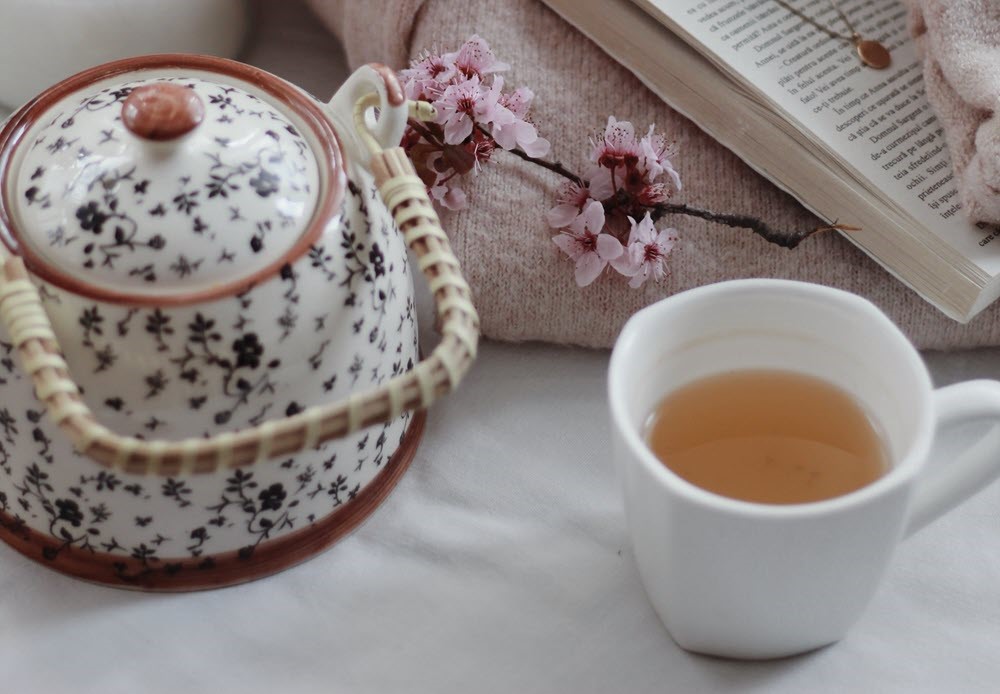
This popular tea in Mexican culture is used to lessen stress and anxiety, “calm the nerves” and as a reliable sleep aid. It usually consists of chamomile, rose petals, passion flower, linden flower, lemon grass or balm, orange blossom, and/or anise seeds. Bayech (meaning ‘to dream’ in Mayan) is a similar tea using laurel, calendula, and linden.
The tea is also naturally caffeine free, making it ideal for late at night or anyone who needs to avoid caffeine.
7 Blossoms Tea is a popular choice and can be easily purchased online, if you want to try it for yourself.
4. Honey

Mayans used honey (kab, in Mayan) to treat respiratory and digestive conditions and remedy maladies of the skin, eyes, ears, mouth, tongue, gums, and teeth.
In the Yucatan peninsula, the melipona bees or Mayan bees, produce honey thought to have incredible properties. It has antibacterial properties, different from other honey. While this style of honey is rare, you can sometimes find it on Amazon.
Manuka honey is also prized for antibacterial properties. While it doesn’t have the same connection the Mayan culture, this honey may be easier to find.
5. Aloe Vera

From the plant, the emollient gel is used on skin to treat burns, cuts, and infections. As a beverage, it is thought to aid digestion and lower blood glucose levels.
Aloe vera juice is a low-calorie, low-sugar drink, rich in vitamin C, and can alleviate heartburn. It is often consumed in a liquid form by Mexicans with type 2 diabetes to lower blood sugar.
6. Cinnamon (canela, in Spanish)
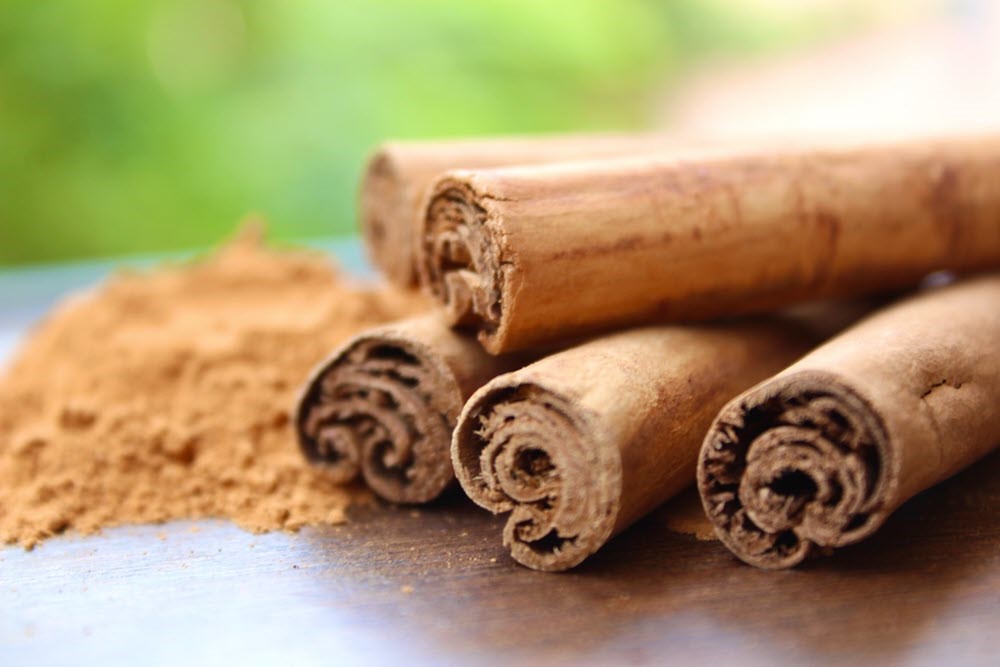
Cinnamon was introduced by the Spaniards. Ceylon cinnamon is grown in Mexico, and has some scientific evidence showing it can help reduce blood sugar. It is a strong antioxidant.
This form of cinnamon is high in the mineral manganese, which helps regulate hormones to support bone health. Cinnamon is often added to sweets like chocolate, horchata, or buñuelos as well as savory dishes, like molé. It can also be taken in supplement form.
When taking cinnamon, it’s important to focus on the ceylon form, rather than the more common cassia cinnamon. Cassia cinnamon contains much higher amounts of the compound coumarin, which can be dangerous if too much is consumed.
7. Camphor Oil
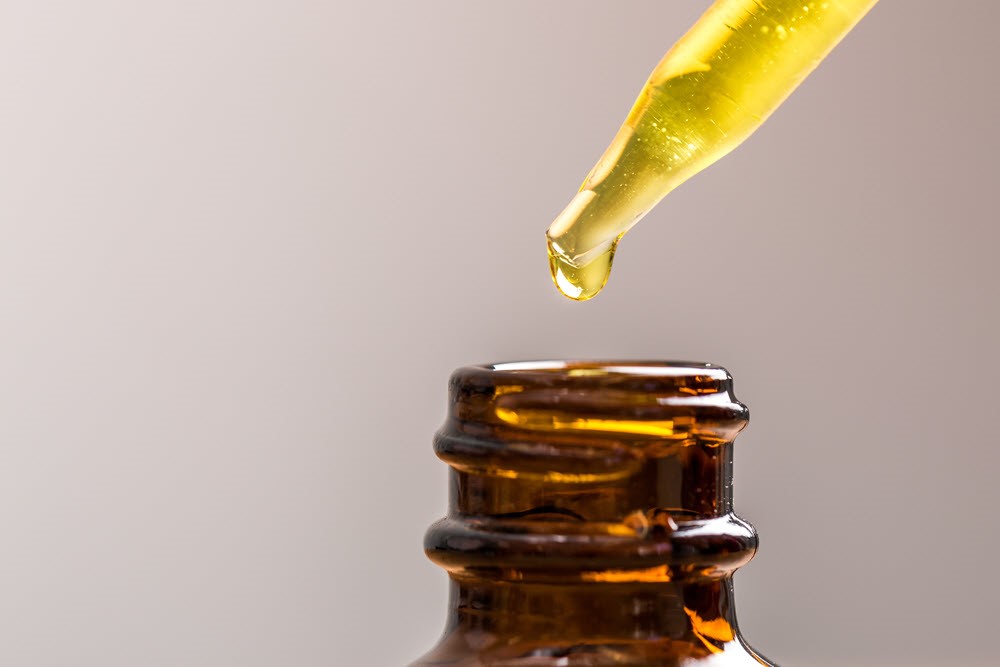
This oil is extracted from camphor trees. In topical form, it relieves pain and skin irritation. It is particularly common in the popular over-the-counter product, Vicks VapoRub. Many Mexican parents have rubbed this on their child’s chest as a decongestant.
Camphor oil can also be purchased in the form of an essential oil (like this version) and used in home remedies.
8. Annatto Seeds
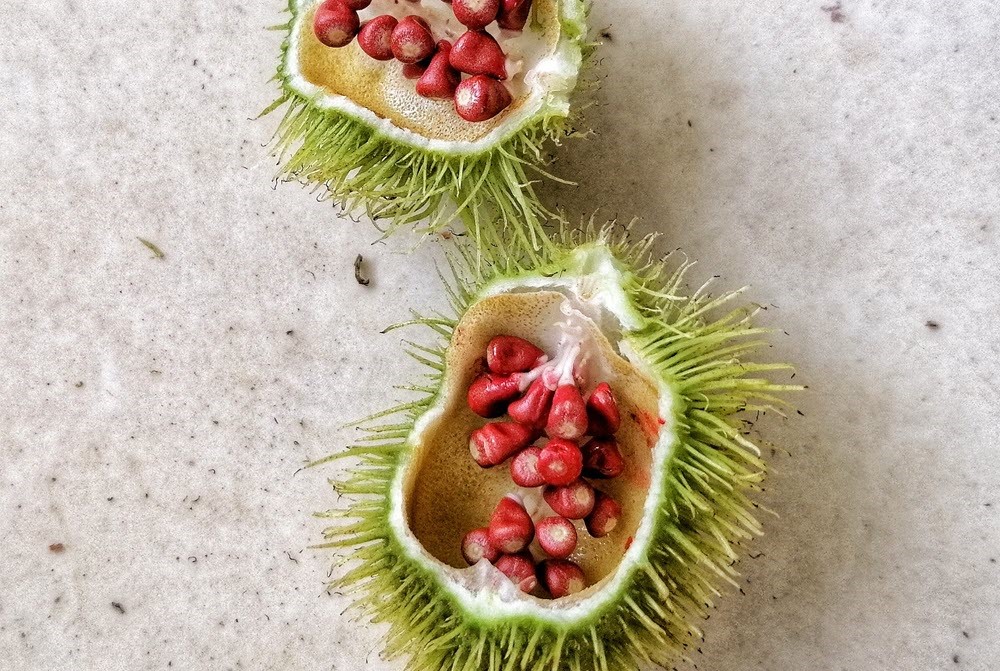
Ancient Maya used it for sunscreen. The seeds can be ground into powder form or Achiote paste, used widely as seasoning in Southern Mexican cooking. Annatto is rich in antioxidants, has antimicrobial benefits, and reduces inflammation. Annatto is high in carotenoids that may help with your eye health.
9. Garlic
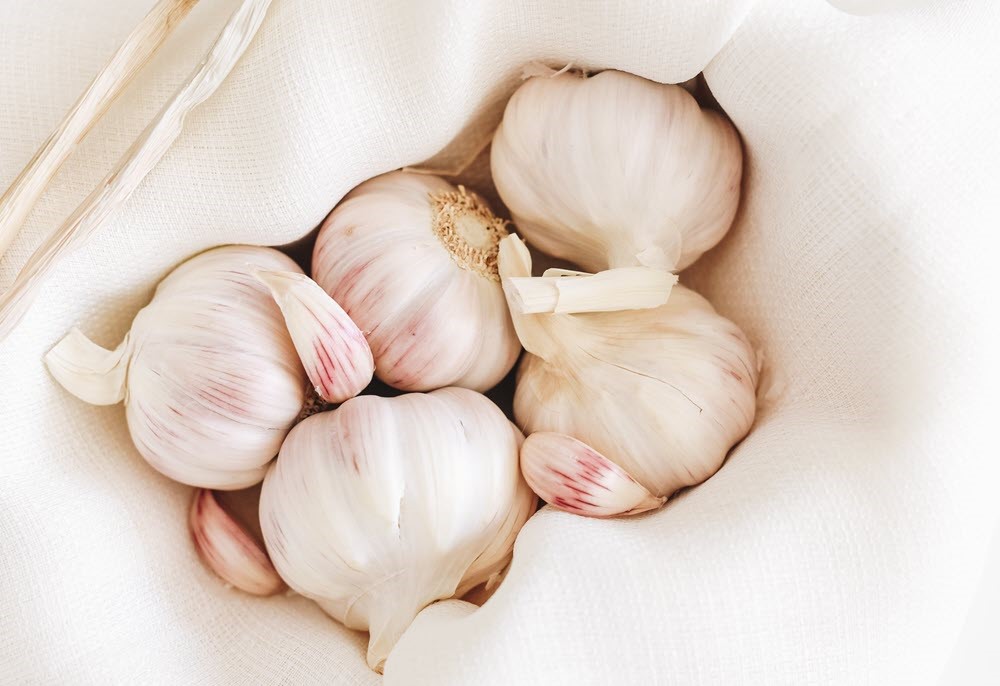
Garlic is used extensively in Mayan foods and in today’s Mexican cuisine. It’s also popular for treating many ailments: such as being combined with olive oil for burns, placing a clove in one’s ear for earaches, or mixing garlic with honey for asthma or coughs. Garlic is even thought to reduce dandruff and cholesterol.
Sometimes you’ll reap these benefits by simply using garlic in your cooking. Other times you may need to focus on garlic oil or an extract instead.
10. Agave

Both agave syrup and tequila are made from this cactus plant. It’s high in vitamin K and folate, which can support mental health.
Its syrup is low on the glycemic index, making it a good sweetener option for diabetics (just remember that it is still a form of sugar and needs to be used with care).
In tequila form, agave can lower your inhibitions and temporarily boost your mood. 😉
Final Thoughts
These medicinal herbs and foods are all powerful. They’re also amazing ways to add flavor and texture to your foods, while boosting your health at the same time.
However, it’s still important to be wise. While these ingredients are safe and helpful for most people in regular quantities, they may be unsafe if you have a health condition. Additionally, supplement-level doses of most of these foods haven’t been studied. Some of them could be dangerous at high doses, so it’s important to always talk to your doctor before consuming large amounts regularly.


Leave a Reply